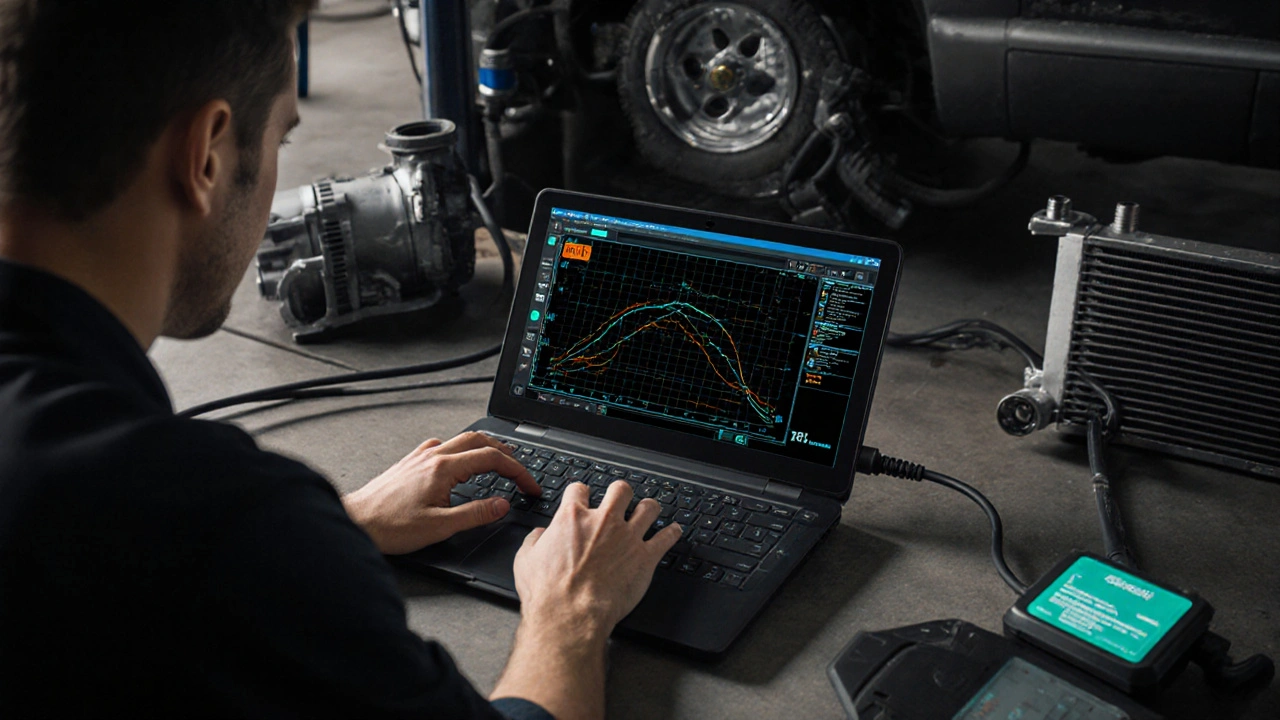Transmission Longevity: How to Make Your Car’s Transmission Last Longer
When it comes to keeping your car running, the transmission, the system that transfers engine power to the wheels. Also known as the gearbox, it’s one of the most expensive parts to replace—and one of the easiest to ruin with neglect. Most people think transmissions just wear out over time, but that’s not true. A well-maintained transmission can easily last 200,000 miles or more. The ones that fail early? They usually skipped basic care.
Transmission fluid, the lifeblood of your transmission, lubricates, cools, and cleans internal parts. It’s not like engine oil—you don’t change it every 5,000 miles. But waiting until it turns dark and smells burnt? That’s asking for trouble. Most manufacturers say to check it every 30,000 miles and replace it every 60,000 to 100,000, but if you haul heavy loads or drive in stop-and-go traffic, you should do it sooner. Low fluid? That’s a fast track to overheating and clutch failure.
Driving habits, how you shift, accelerate, and brake, directly impact transmission health. Flooring it from a stop, riding the brake while in gear, or shifting into reverse before the car fully stops? These might seem harmless, but they put extra stress on the gears and bands. Think of your transmission like a muscle—it doesn’t like sudden, violent movements. Smooth acceleration and letting the car roll to a stop before shifting saves thousands in the long run.
Temperature matters too. Overheating is the silent killer of transmissions. If you tow trailers, drive in hot climates, or live in hilly areas, consider adding an external transmission cooler. It’s a cheap fix compared to a rebuild. And don’t ignore warning signs: delayed shifts, grinding noises, or slipping gears aren’t "just quirks"—they’re red flags. Catching them early means a simple fluid change or sensor swap, not a $4,000 replacement.
There’s a big difference between OEM parts, factory-made components designed specifically for your car. and cheap aftermarket replacements. If you ever need a repair, go with OEM or high-quality aftermarket parts. Cheap gears, seals, or solenoids might save you money upfront, but they’ll fail faster and could damage other parts.
And yes, maintenance schedules, the manufacturer’s recommended timeline for servicing key systems. aren’t just marketing. They’re based on real-world data. Skip a transmission service because you "don’t feel any difference"? You’re not being smart—you’re being risky. Your car doesn’t care if you think it’s fine. It only cares if the fluid is clean and the pressure is right.
What you’ll find below are real, no-nonsense posts from people who’ve been there—whether it’s fixing a slipping transmission on a 15-year-old pickup, choosing the right fluid for a high-mileage SUV, or spotting the early signs of trouble before it costs you a fortune. These aren’t theory pieces. They’re lessons learned the hard way.

Transmission Tuning: Shift Points, Pressure, and Longevity
- 11 Comments
- Oct, 8 2025
Transmission tuning isn't about harder shifts-it's about balancing shift points, line pressure, and heat to extend transmission life. Learn how to tune safely for power and longevity.




